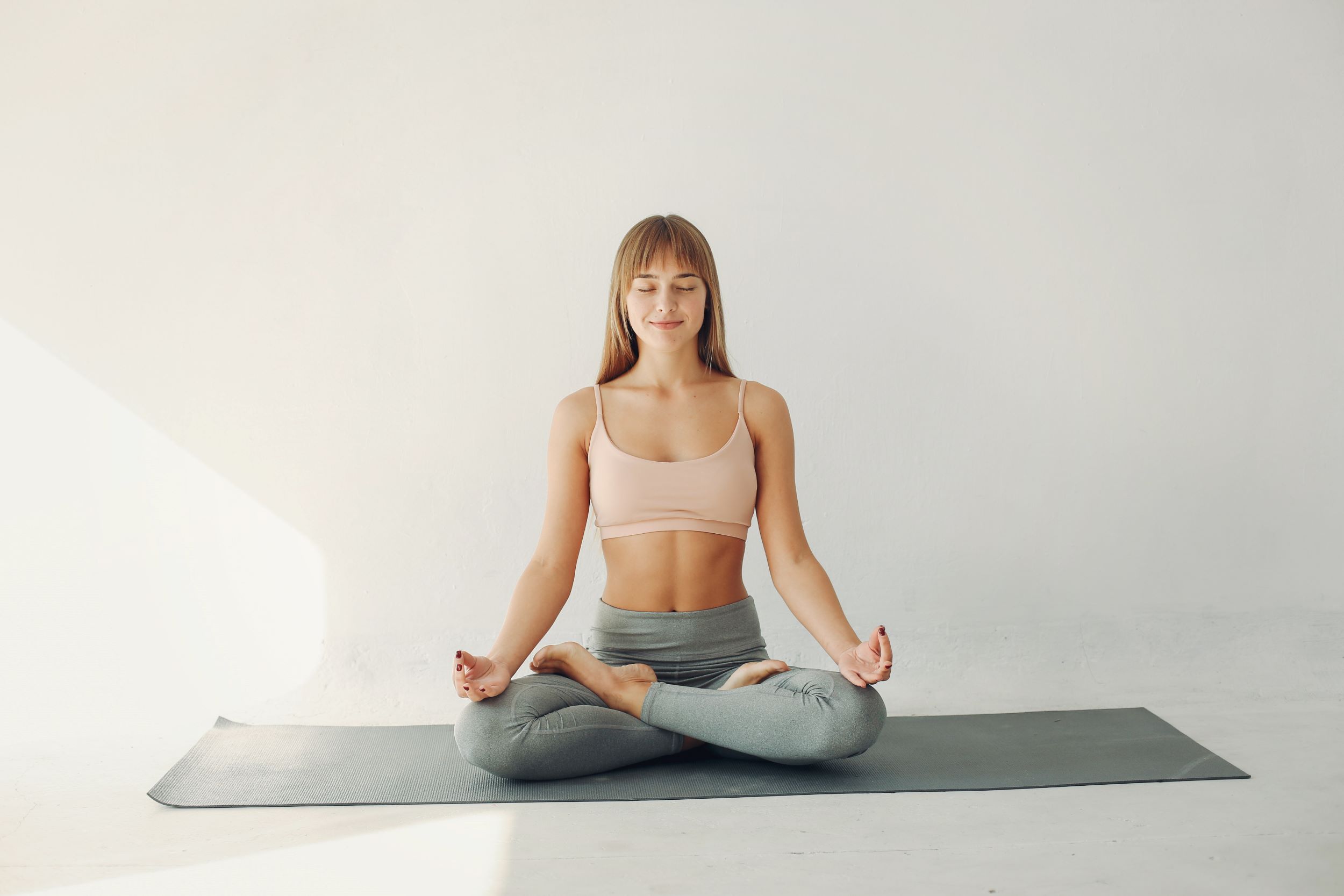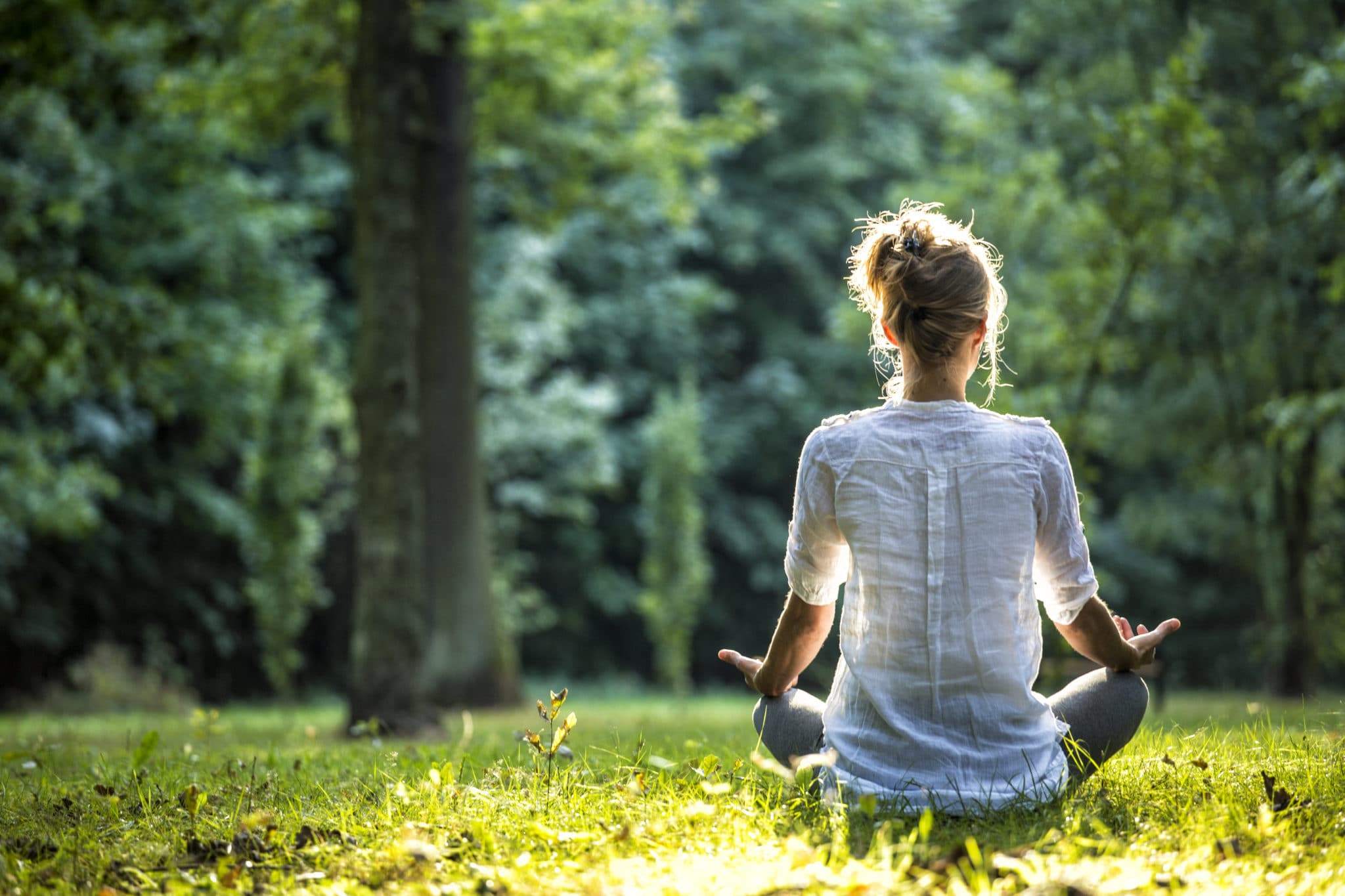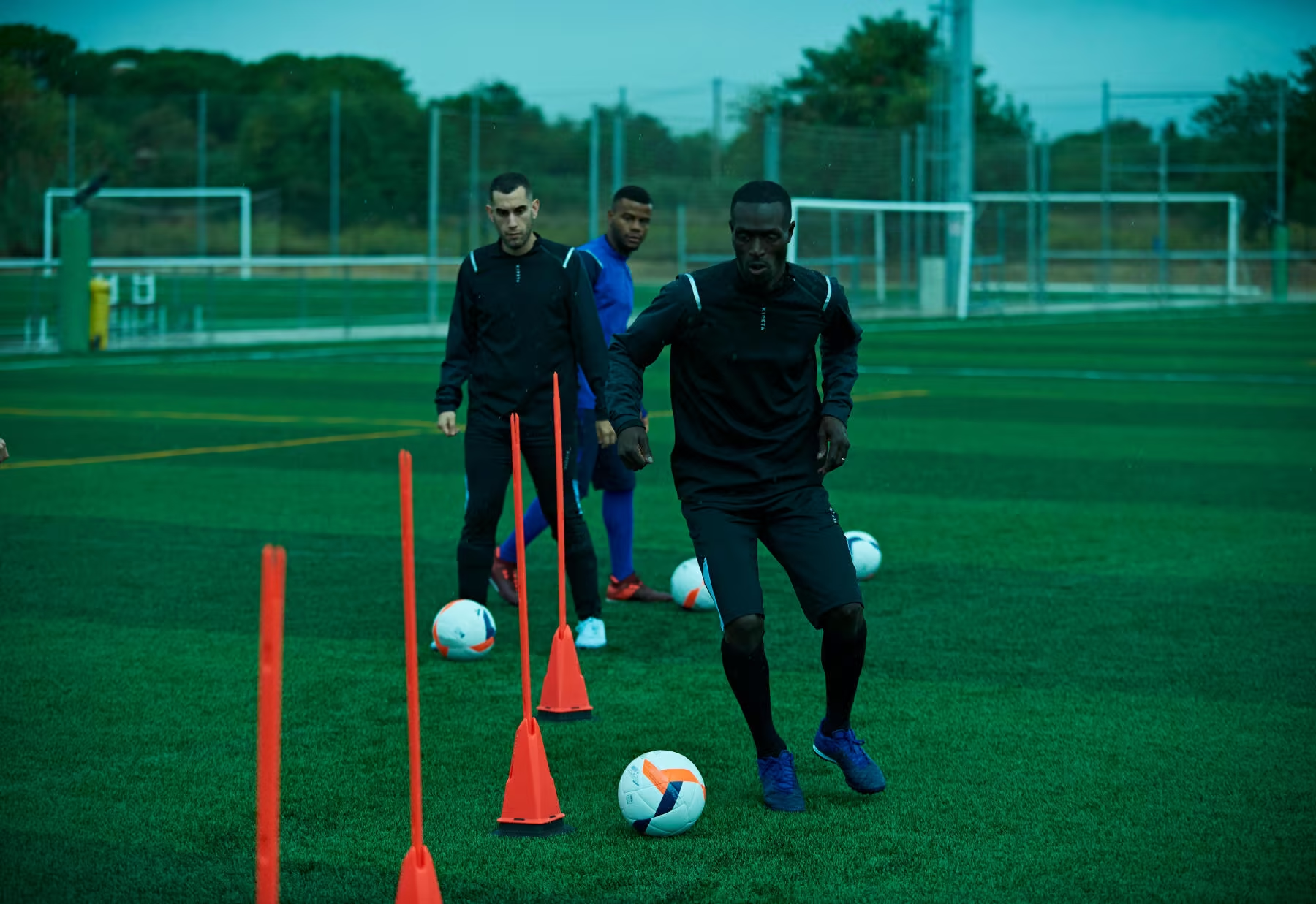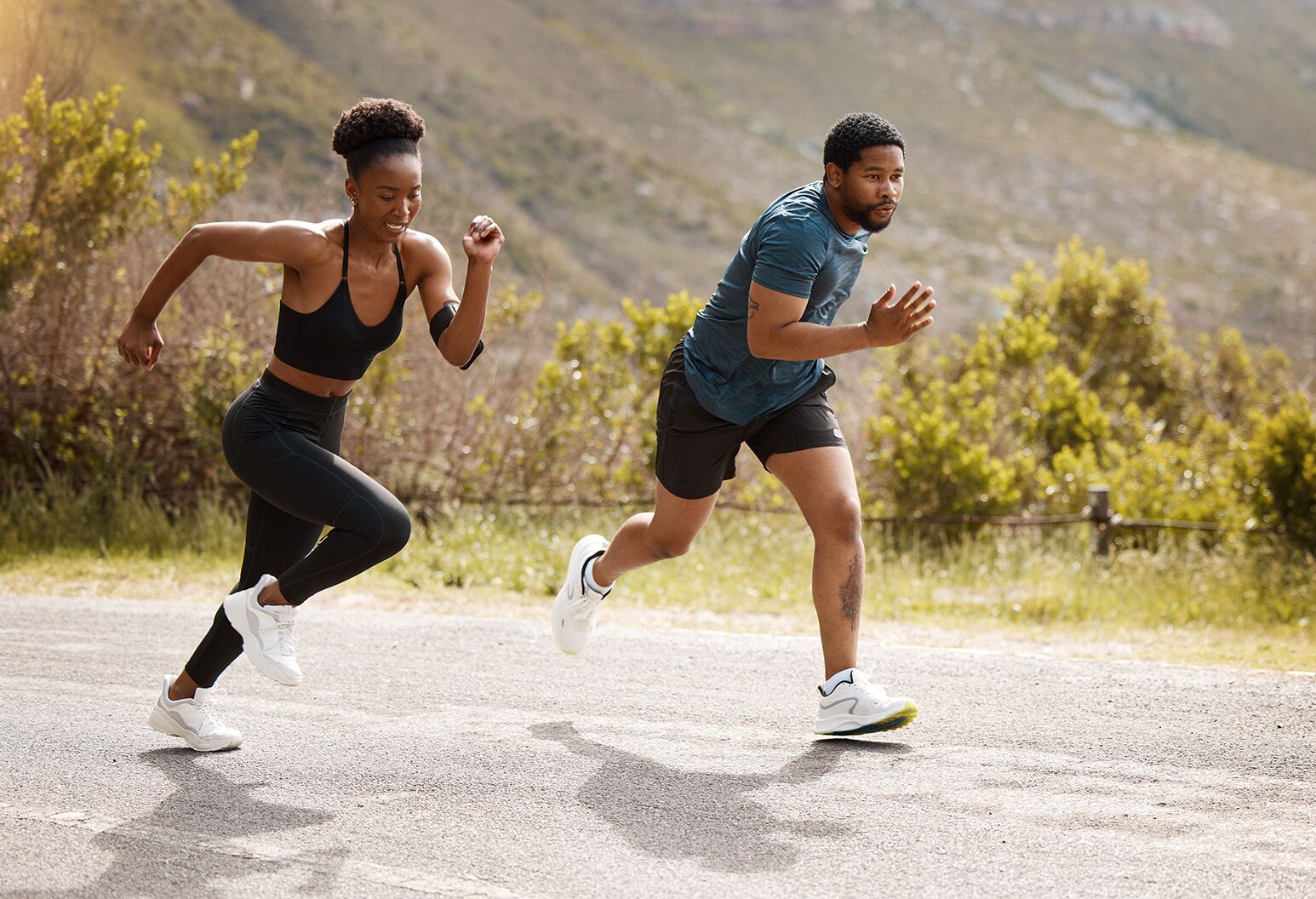Yoga is a versatile practice that caters to all levels, from complete beginners to seasoned practitioners. You can easily find yoga workout plans that suit your experience and goals, helping you build strength, improve flexibility, and find calm in your busy life. Whether you seek a gentle introduction or a challenge to deepen your practice, there is a plan designed just for you.
Starting with the fundamentals is essential, especially for beginners. You’ll learn basic poses that enhance relaxation and set the foundation for your yoga journey. As you progress, you can explore more advanced techniques that challenge your body and mind, allowing for increased strength and endurance.
In this blog post, you will discover various workout plans tailored for different skill levels. From easy routines focusing on relaxation to intense flows aimed at building strength, you’ll find valuable information to enhance your practice.
Key Takeaways
- Yoga offers workout plans for every fitness level.
- Beginners can start with fundamental poses for relaxation.
- Advanced practices can boost strength and endurance.
Understanding Yoga Fundamentals
Yoga is about more than just physical postures. It combines breath, movement, and mindfulness, rooted in principles that guide your practice. Knowing these fundamentals helps improve your experience, whether you’re just starting or looking to deepen your practice.
The Essence of Yoga
At its core, yoga aims to create a connection between the body, mind, and spirit. This practice encourages self-awareness and balance.
Key elements include:
- Breath Control (Pranayama): Regulates your breath to enhance focus and calmness.
- Meditation: Cultivates mindfulness and stress relief, helping you stay present.
- Poses (Asanas): Each pose offers specific benefits, from improving flexibility to building strength.
Practicing regularly helps you feel more centered and at peace. It’s not just about the poses but the journey towards self-discovery and holistic health.
Key Principles of Alignment and Posture
Alignment is crucial in yoga to prevent injury and optimize benefits. Proper alignment means having your body parts arranged in a way that maintains balance and structure.
Consider these tips for alignment:
- Knees Over Ankles: Keep your knees aligned with your toes in standing poses.
- Hips and Shoulders: Make sure your hips are level and shoulders are relaxed.
- Spine Neutrality: Maintain a straight spine for both safety and effectiveness in stretches.
Focus on how each pose feels, not just how it looks. Engaging with your body through awareness of alignment enhances your balance and effectiveness in each stretch.
Yoga for Beginners
Starting your yoga journey can be exciting and a little daunting at the same time. This section covers how to build your first routine, introduces basic poses, and highlights the use of yoga blocks and props for support.
Building Your First Yoga Routine
Creating your first yoga routine is essential for developing a consistent practice. Begin by setting aside a specific time each day, even if it’s just 10-20 minutes. Choose a quiet space where you can focus without distractions.
Include a mix of poses to work different parts of your body. For beginners, start with simple poses like Mountain, Chair Pose, and Downward Facing Dog. Make sure to warm up before diving into more challenging poses. A balanced routine can enhance strength, flexibility, and relaxation.
Introduction to Basic Poses
Mastering basic yoga poses is crucial for your overall practice. Some foundational poses to start with include:
- Mountain Pose: Stand tall and grounded, focusing on alignment.
- Chair Pose: Bend your knees while keeping your chest lifted. This builds strength in your legs.
- Downward Facing Dog: Transition to this pose from hands and knees to stretch your spine and hamstrings.
Additionally, try Standing Forward Fold to promote flexibility and relieve tension in your back. Holding each pose for a few breaths helps you connect with your body and improve each posture over time.
Yoga Blocks and Props for Support
Using yoga blocks and other props can greatly enhance your practice as a beginner. Blocks provide stability in poses and help you reach the ground more comfortably. They are particularly useful in poses like Chair Pose and Downward Facing Dog, allowing you to maintain proper alignment without strain.
Other props, such as straps or cushions, can aid in stretching and support various poses. Using these tools helps you feel more confident and secure as you learn and progress through your yoga practice. Don’t hesitate to use them as needed; they are there to support your journey.
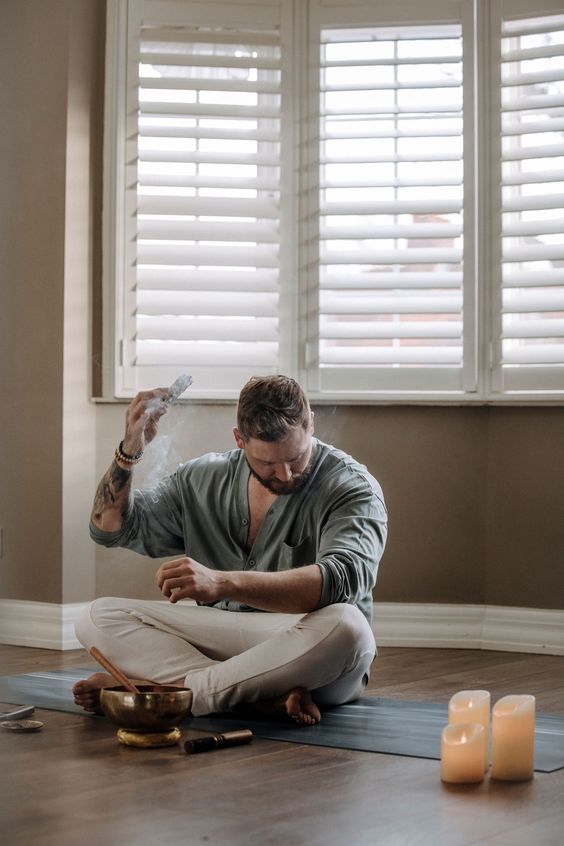
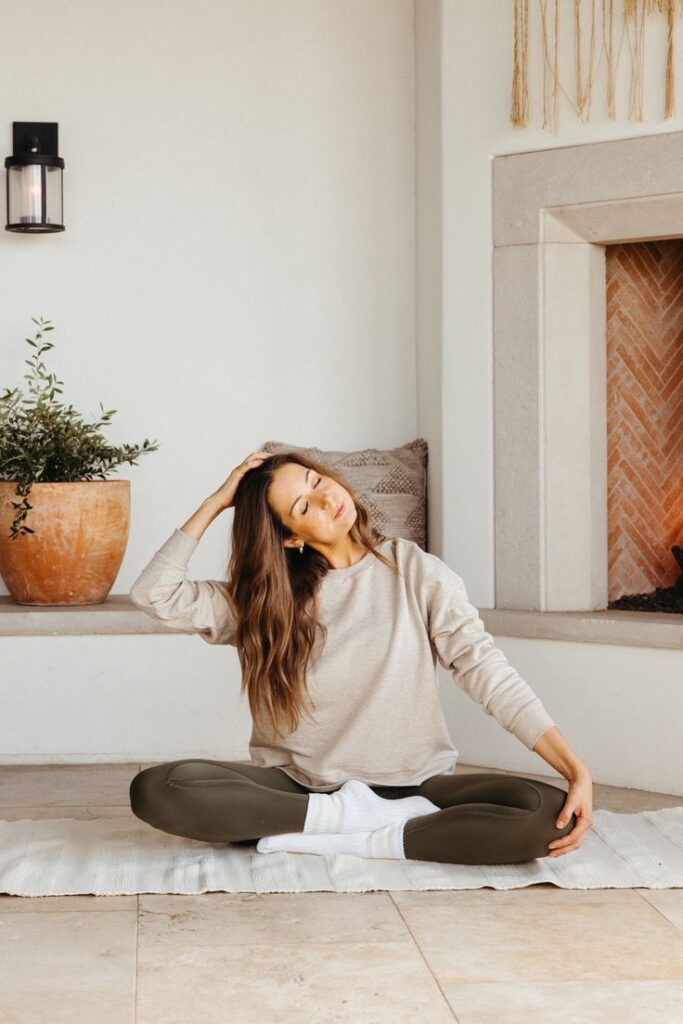
Developing a Personal Yoga Practice
Creating a personal yoga practice involves designing a routine that fits your needs and incorporates essential elements like breath and movement. This process allows for a unique experience tailored to your individual goals.
Crafting a Personalized Yoga Sequence
Begin by determining the focus of your yoga practice. This can be centered around relaxation, strength, or flexibility. Many practitioners find value in using a flowing sequence that connects poses smoothly.
Consider including traditional sequences like the Sun Salutation, which warms up the body effectively. A typical sequence might look like this:
- Mountain Pose (Tadasana)
- Forward Fold (Uttanasana)
- Chaturanga
- Upward Facing Dog (Urdhva Mukha Svanasana)
- Downward Facing Dog (Adho Mukha Svanasana)
As you develop your routine, ensure you include a balance of postures, from standing poses to seated stretches. Always finish with Savasana to promote relaxation.
Integrating Breath and Movement
Breath is vital in yoga. It enhances each movement and connects the body and mind. When practicing, focus on your inhalations and exhalations to guide your transitions between postures.
As you practice, try to match your breath with your movement. For example, inhale as you raise your arms overhead and exhale as you fold forward. This integration enhances the flow of your routine and maintains your focus.
The combination of breath and movement not only increases the effectiveness of your yoga session but also reduces tension. Developing this awareness can transform your practice and deepen your overall experience.
Yoga for Strength and Endurance
Yoga can be an effective way to build strength and endurance. Through specific poses and sequences, you can engage multiple muscle groups while improving your overall fitness. The following sections highlight how to enhance core strength, tone muscles, and incorporate cardio into your routine.
Enhancing Core Strength with Yoga
A strong core is vital for overall fitness and stability. Practicing moves like High Plank and Plank Pose can significantly strengthen your abdominal muscles.
Core Work Poses:
- Forearm Plank: Hold for 30 to 60 seconds to engage your core deeply.
- Boat Pose: Sit on the floor, lift your legs, and hold for balance.
Incorporating these poses into your routine can enhance your core strength, which is essential for other exercises and daily activities.
Powerful Poses for Muscle Toning and Building
To tone and build muscle, focus on powerful yoga poses that require strength and control. Power Yoga offers dynamic movements that challenge your muscles and improve endurance.
Key Poses:
- Warrior II Pose: Stand strong while holding weights or just your body weight for 30 seconds per side.
- Four Limbed Staff Pose (Chaturanga): Lower your body in a plank position to engage your arms and core.
By incorporating these poses into your workouts, you will see improvements in muscle tone and strength.
Yoga Workouts for Cardio and Fat Burn
Yoga can also elevate your heart rate and aid in fat burning. Certain sequences blend strength and cardio for a full-body workout.
Effective Sequences:
- Jumping Jacks: Add this for 30 seconds between yoga poses.
- Jump Switch Lunges: Perform three sets for 30 seconds to combine strength with cardio.
These dynamic movements help you increase endurance while burning calories effectively. Using these techniques during your yoga sessions can bring new energy and results to your fitness journey.
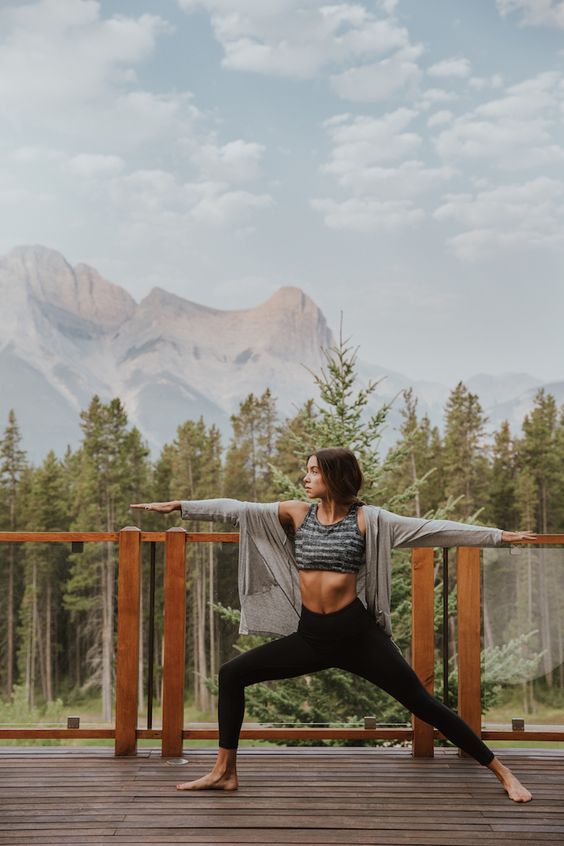
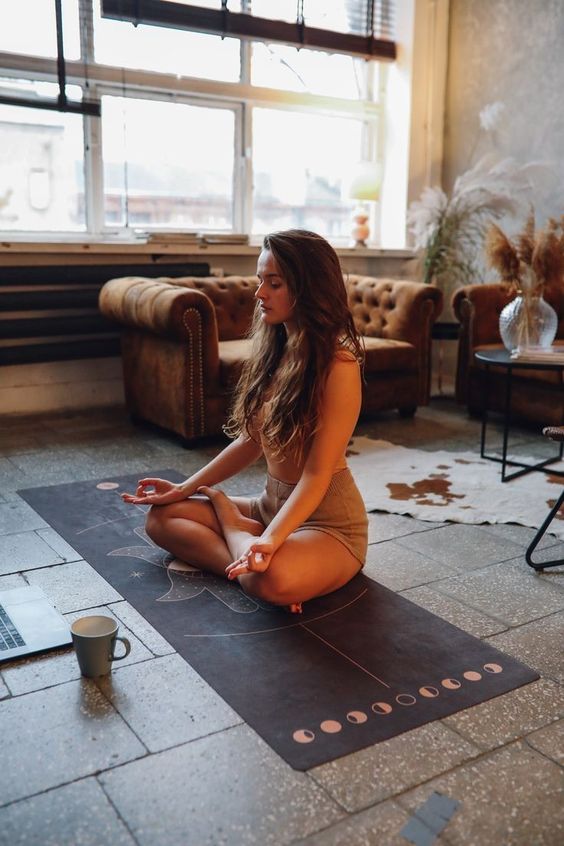
Advanced Yoga Practices
In advanced yoga, you focus on mastering complex poses and sequences. This level emphasizes increased strength and flexibility, vital for deeper practice. You will also delve into specific styles like Vinyasa and Ashtanga, which can enhance your practice through flow and rhythm.
Mastering Advanced Poses and Sequences
When practicing advanced poses, your focus should be on building strength while improving flexibility. Key poses to master include Warrior II, Triangle, and Peaceful Warrior.
- Warrior II strengthens your legs and improves balance.
- Triangle Pose enhances flexibility in your spine and legs.
- Peaceful Warrior invites a sense of calm and focus.
To get into these poses safely, use modifications if needed. Utilize props like blocks to support your practice. This helps you maintain alignment while you strive for deeper engagement. Gradually work into advanced sequences that challenge your body and mind, allowing for growth in your skills.
Exploring Vinyasa and Ashtanga Yoga
Vinyasa yoga involves flowing from one pose to another, linking breath and movement. This style enhances your strength and improves circulation. The dynamic transitions help build stamina.
Ashtanga yoga includes a set series of poses practiced in a specific order. This repetitive structure enhances discipline. Ashtanga focuses on generating heat in the body, promoting detoxification and flexibility. Both styles require commitment and attention to detail.
Consider incorporating both into your routine for variety. You can blend strength-building with flexibility work, ensuring a balanced advanced practice that challenges you on multiple levels.
Frequently Asked Questions
This section answers common questions about yoga workout plans suitable for different skill levels. You’ll find specific tips on developing a routine, adapting workouts for weight loss, and available resources.
What are the best yoga workout plans for beginners wanting to develop a daily routine?
For beginners, a simple yoga plan can include short sessions focused on basic poses. Try starting with a 20-minute routine that incorporates poses like Cat-Cow, Downward Facing Dog, and Child’s Pose. Gradually increase the duration and complexity as you feel more comfortable.
How can you adapt yoga workouts for weight loss at various skill levels?
To adapt yoga for weight loss, include more dynamic and challenging poses. You can also add flow sequences which maintain a higher heart rate. For beginners, focus on building strength with foundational poses and then move to faster-paced sessions as your skills improve.
What resources are available for practicing yoga at home regardless of experience?
You can find numerous online videos and apps tailored to all experience levels. Many websites offer guided sessions, instructional videos, and written plans that cater to various fitness goals. These resources make it easy to practice yoga at home.
Are there any comprehensive yoga workout plans available for free?
Yes, several websites provide free yoga workout plans. Look for yoga studios or instructors who share their routines online. These plans often include step-by-step instructions and modifications, making them accessible for everyone.
Where can one find a downloadable yoga workout plan PDF tailored to different levels?
Search online for yoga blogs and fitness websites that offer free downloads. Many resources have PDF guides that include various yoga plans suitable for beginners, intermediate, and advanced practitioners. These PDFs can help you organize your practice effectively.
How does one structure a yoga asana sequence for teaching a mixed-level class?
When teaching a mixed-level class, include a variety of poses with modifications. Start with warm-ups and foundational poses for beginners, then introduce more complex poses for advanced students. Encourage all participants to practice at their level while offering guidance on proper technique.
